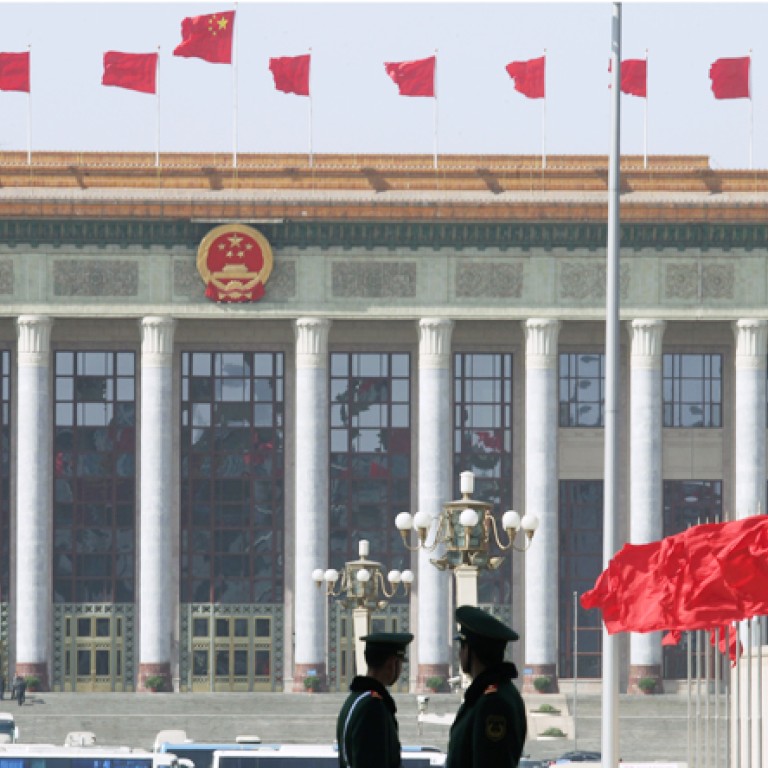
Fears grow over soaring Chinese debt
Local government debts have doubled over the past 3 years, a report estimates, putting into focus potential damage to economic growth
Concerns about rising leverage on the mainland have been heightened by a report last week which estimated that the liabilities of local governments may have doubled to 20 trillion yuan (HK$25 trillion) since 2010 as they sought to prop up economic growth.
In order to monitor the opaque finances of local governments and keep default risk under control, the National Audit Office began a nationwide probe at the beginning of last month. The results, to be released soon, will be keenly watched to discern the financial health of the world's second-largest economy after a lending binge over the past few years.

Fitch Ratings said last week that conservative estimates put the mainland's credit to gross domestic product ratio at the end of 2017 at close to 250 per cent, compared with 130 per cent in 2008.
"No financial system can sustain rising leverage indefinitely. Eventually, swelling debt burdens will constrain economic activity as greater resources are directed into debt-servicing and further investment exacerbates overcapacity," Fitch analysts said in a report on Wednesday.
Chinese regulators will categorise local debts after the auditor's probe and tackle problems accordingly, according to Wu Xiaoling, a former central bank vice-governor and currently vice-chairwoman of the financial committee of the National People's Congress.
Most defaults were caused by a mismatch of short-term debt with projects that would generate cash flow in the longer term, Wu said, and the mainland would invite private capital to restructure the debts.
For really soured debts from poor projects, local governments would have to repay them from future fiscal revenues, she said.
"The central government will offer some help if the local governments are unable to repay, however, a large-scale bailout by the central government is impossible," she said. "The bad-loan losses will mainly be shared by local governments and banks."
Leverage has been mounting on the mainland since 2008, when massive debts were raised to finance investment in roads, railways, airports and urban infrastructure in the wake of the global financial crisis. Meanwhile, bad loans in the banking system have climbed for seven consecutive quarters, with more soured loans believed to exist in the less-regulated shadow banking system.
"I'm concerned about the rapidly rising leverage in the country," said Wang Tao, an economist at UBS Securities. "In China, the problem has not been fully exposed; there must be more hidden debts."
Figures from the China Banking Regulatory Commission show that non-performing loans (NPL) at mainland commercial banks grew by 46.6 billion yuan in the first half of the year, resulting in an overall NPL ratio of 0.96 per cent. However, many analysts have said the figures underestimate the severity of bad loans on the mainland.
To postpone the bad-debt problem, banks have been rolling over loans to local government financing vehicles (LGFVs). The central government is also mulling the introduction of municipal bonds, to be sold by local governments, and plans to allow banks to sell LGFV-loan-backed securities to improve liquidity, according to academic sources.
However, these measures - transferring default risk from one party to another - do not tackle the root of the bad-loan problem, Wang said.
A key Communist Party meeting in November will be watched closely, with economists hoping for reforms of fiscal revenue distribution that will allow more types of revenue to flow to local coffers.
However, Wang cautioned that it would not be easy for the central government, local governments and related government departments to reach a consensus on such reform.

